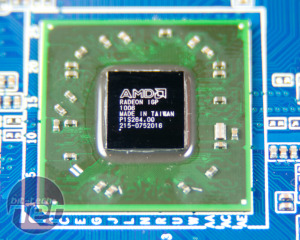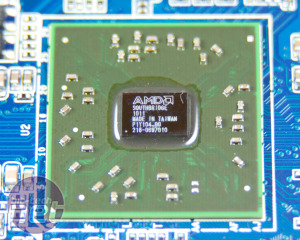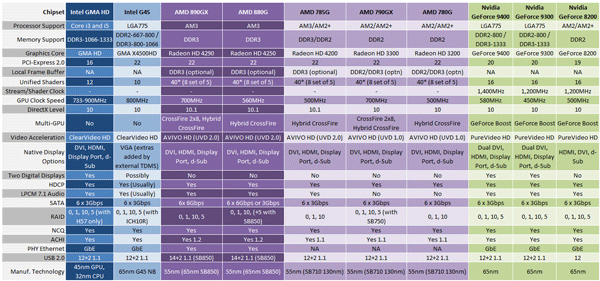AMD 880G Graphics Performance Review
Manufacturer: AMDUnlike Intel, AMD has yet to integrate graphics into its CPUs. While this puts it a technology disadvantage, as we've seen previous, Intel's GMA HD graphics aren't anything special, and having graphics off CPU means more choice. ATI's integrated graphics have always been at the forefront of technology, particularly with its excellent Universal Video Decoder (UVD), which offloads video playback calculations from the CPU. As a company capable of making real, gaming graphics cards, it's also no surprise that ATI's integrated GPUs have been more versatile, and had better driver support, than Intel's.
A good job too, since as Nvidia has thrown in the chipset towel AMD system builders have only ATI to look to for IGPs, and there are only two IGPs to consider - that of the AMD 890GX chipset, and that of the cheaper 880G.
If you click to view the table below in enlarged form, you'll notice there's not that much difference between the IGPs of the new 880G chipset and the old 785G. That's because, essentially, they are the same. It's the same Radeon HD 4200-series GPU, except with a 60MHz clock bump and subsequent rebrand from HD 4200 to HD 4250.
The core engine is still based on RV620, which is a DirectX 10.1 GPU rather than a DX11 one. It still offers a basic 40 stream processors (in eight groups of five), with the chipset itself providing 22 PCI-E 2.0 lanes (four are used for the chipset to Southbridge interconnect) and the UVD 2.0 standard of the 785G. The chipset is still manufactured on TSMC's 55nm process, one step behind Intel, which is using a 45nm process for its GMA HD and chipsets. If we were feeling mean, we might point out that AMD has been using a 55nm process since 2008 (first seen on the 780G) but it's a technology that works and we'd rather AMD concentrate on shrinking its CPU and GPU dies than its chipsets.
Intel does edge ahead by offering dual digital outputs from its latest GMA HD IGP. This is something AMD has yet to embrace at the chipset level. AMD says that it is possible to have dual digital outputs, and has been since 780G, yet motherboard makers never use it. This is because it costs money, and the 880G is pitched as a budget chipset. Motherboard guys would rather spend a few bucks on features they can market: USB 3 or high-tolerance electronics for overclocking, for example.
The SB850 Southbridge has featured on every AMD-8-series motherboard we've seen, as is the biggest change for AMD from its previous generation. It brings SATA 6Gbps, RAID 5 and a couple of extra USB ports to the party, as well as an unspecified reduction in power consumption due to its 65nm fabrication, rather than the dated 130nm process used for the SB 710 Southbridge. At least 50 per cent of 880G boards will use the SB710 in order to offer a range of prices and features, but it's not as if the SB710 is underspecced for a budget build.

MSI MPG Velox 100R Chassis Review
October 14 2021 | 15:04












Want to comment? Please log in.